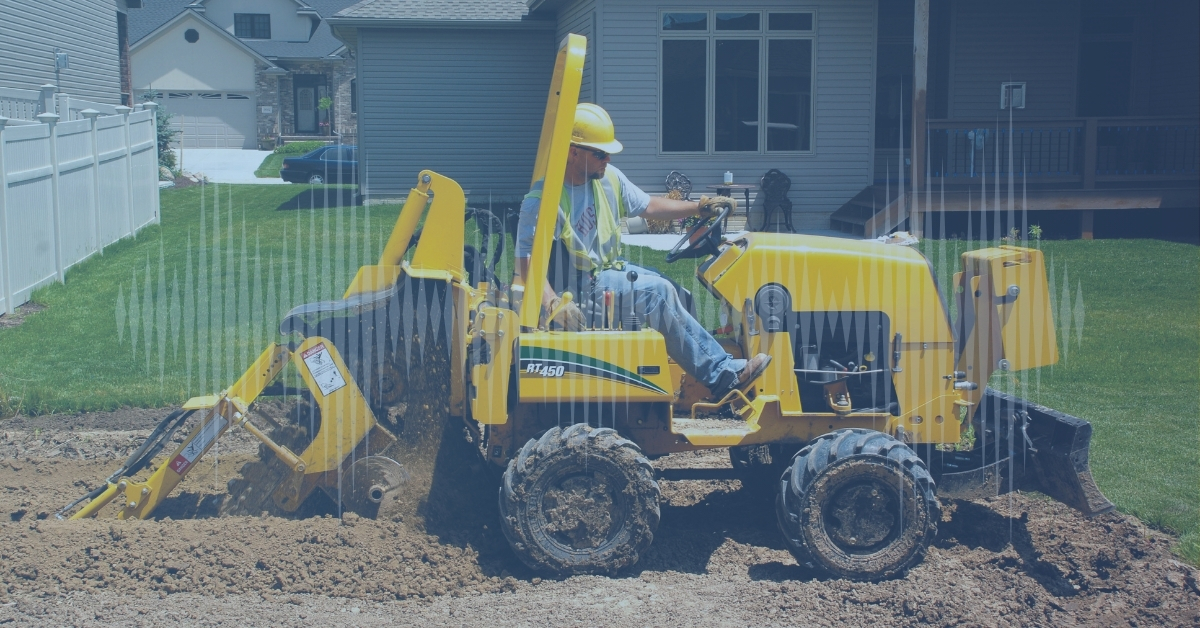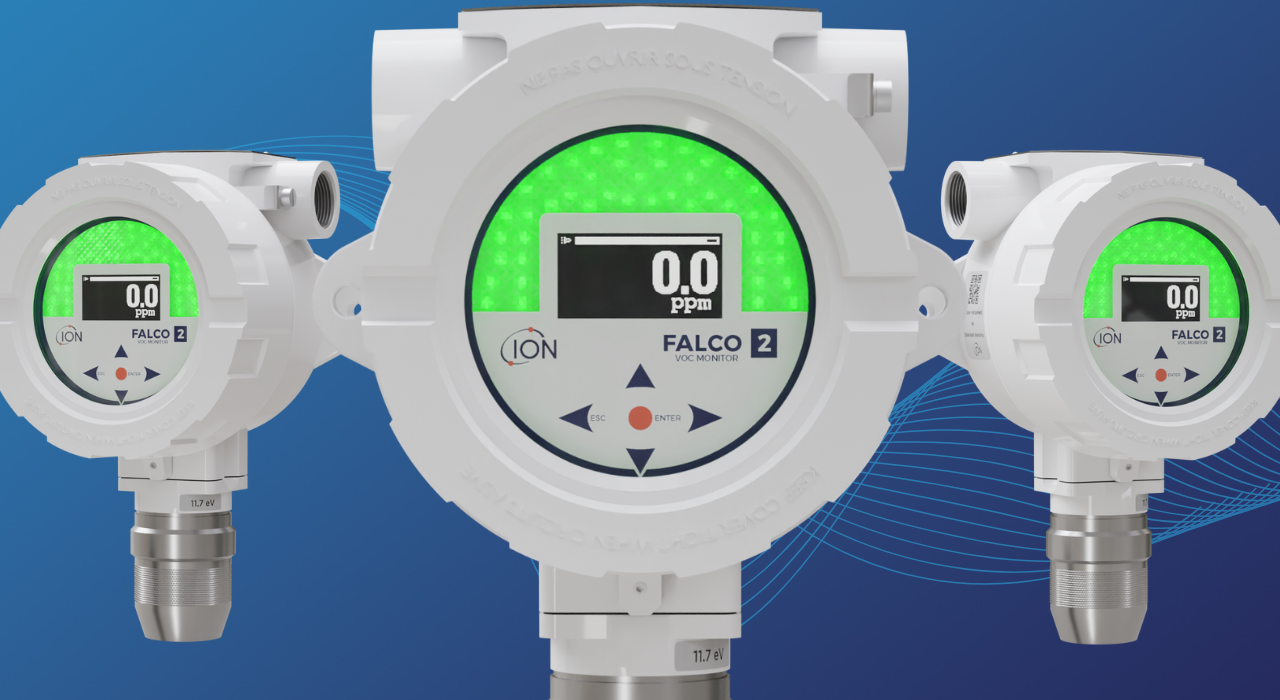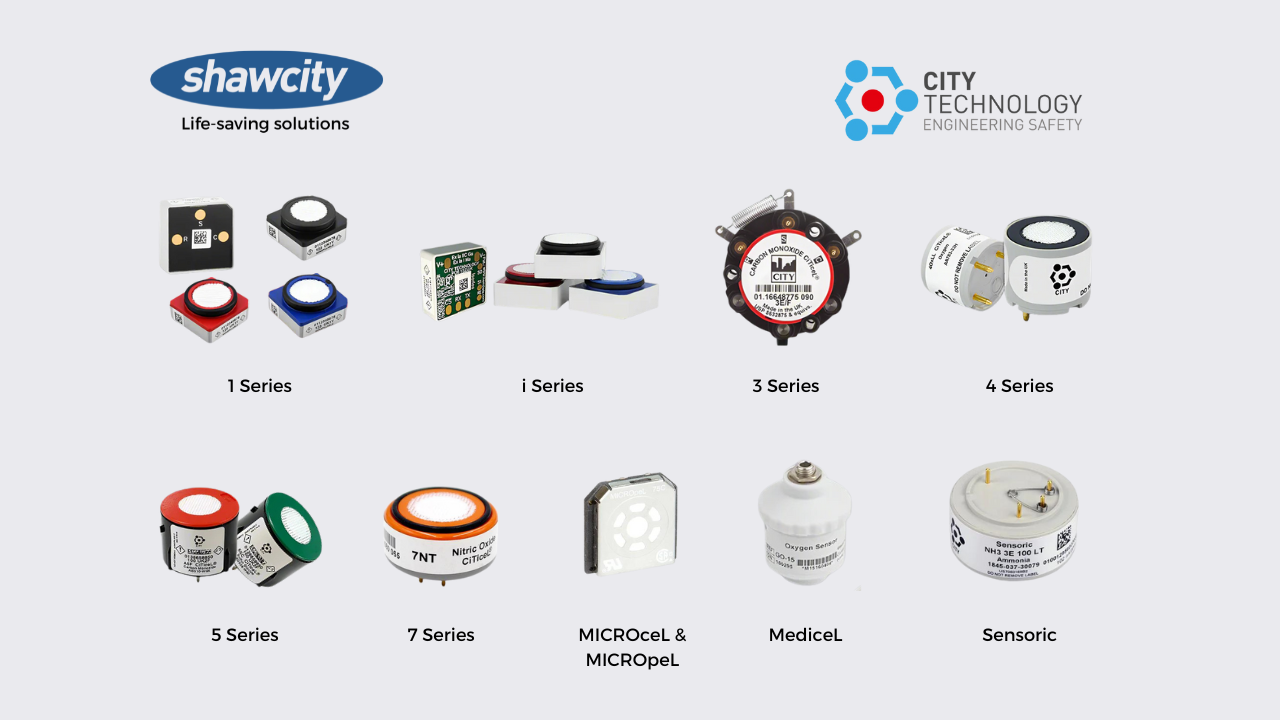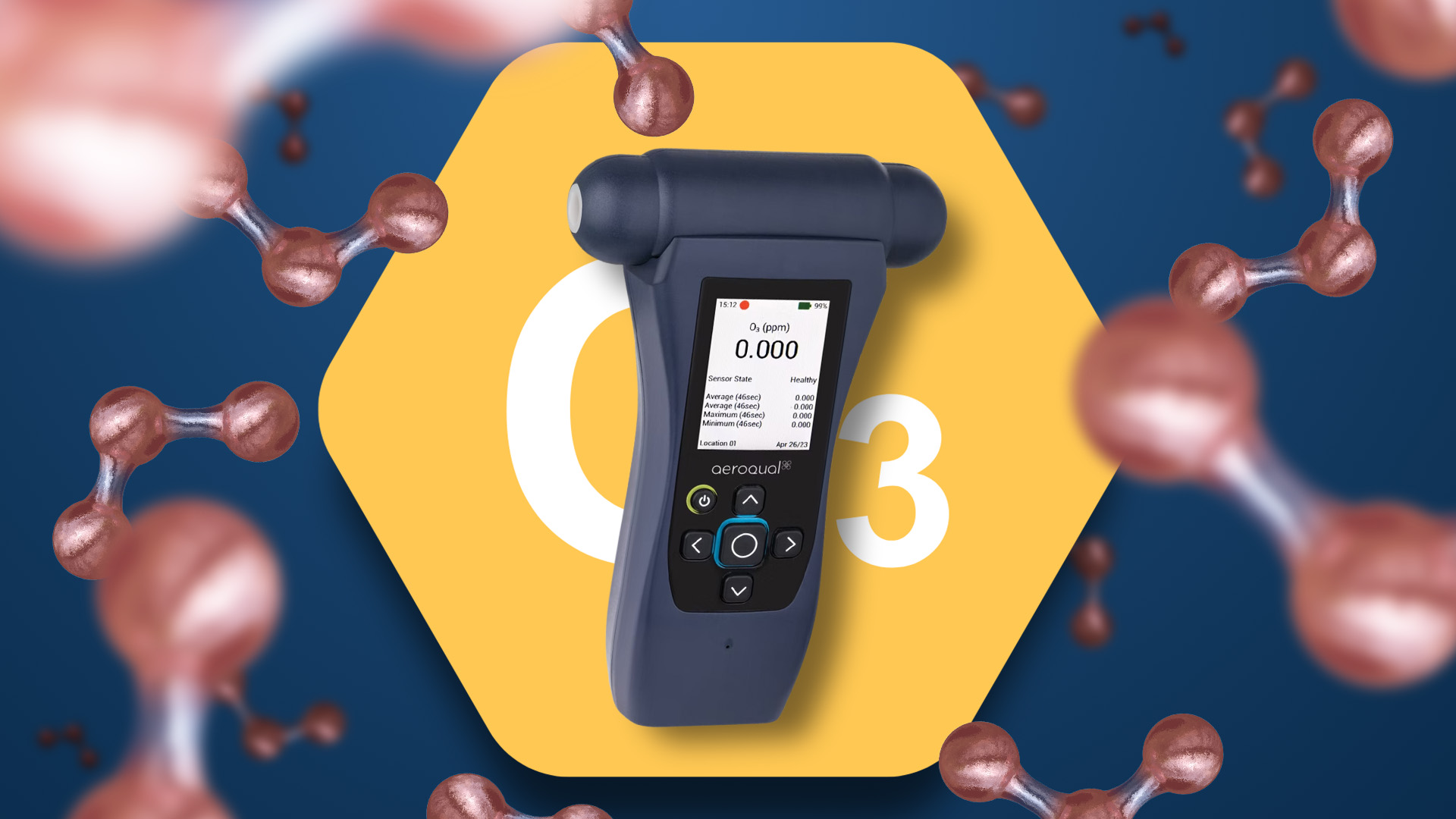Whole-body vibrations are mechanical vibrations that enter the human body in the frequency range of 0.1 to 80 Hz. A typical source of whole-body vibrations is vehicles, where vibrations are transferred to the human body via seats or floors. The whole-body vibration is a possible health hazard, especially after prolonged exposure.
Why measure whole body vibration?
WBV is caused by workplace machines and vehicles and is transmitted to the human body through the seat or floor. Exposure to whole body vibration may cause health problems. For instance, exposure to whole body vibration may cause back injuries for a seating person or knee injuries for a standing one. The risks are rising with higher vibration magnitudes and prolonged exposure times. The effective way to prevent whole body vibration risk at work is the identification of vibration sources by measurements.
Where the vibration comes from
Vibration is an oscillating motion around a reference position. Usually, vibration is expressed in units of magnitude (m/s2) and frequency (Hz). In machines, vibrations are generated by numerous internal components that move or rotate at various frequencies at the same time.
These components can be identified with the use of a vibration measurement, which makes it possible to plot the vibration amplitude vs frequency. In practice, a frequency spectrogram is used to display the vibration level as a function of frequency.
Frequency analysis in machine vibration measurements makes it possible to identify the source of undesired vibration. Frequency weighting filters are used in whole-body vibration therapy to highlight frequencies that are especially detrimental to human health.
What are the WBV sources?
Whole-body vibration exposure is common in professions like transportation, construction, quarrying, or agriculture. The most prominent examples of sources are off-road vehicles, jet boats, helicopters, and jets. Often the standing operators are also affected by whole-body vibrations transmitted from heavy machinery via floors.
Whole body vibration measurements
According to ISO 2631-1, the measurement time of whole-body vibration should cover the representative working period. In practice, the measurement covers the total time of each task in which the worker is exposed to vibrations.
The British standard BS EN 14253:2003, suggests making at least 2 hours of measurements, but preferred half or full working day measurements, if possible. In case longer measurements are not possible, 20-minute intervals are suggested as a minimum.
During the measurement, the aw (in m/s2) is assessed. The aw is a root-mean-square (r.m.s) vibration magnitude expressed in terms of the frequency-weighted acceleration at the seat of a seated person or the feet of a standing person.
Uncertainty of vibration measurements
Similarly, to other vibration measurements, whole-body vibration measurements are also subject to evaluation uncertainty. To minimize uncertainty, it is important to perform the in-situ calibration with a vibration calibrator.
Shawcity's Commitment to Vibration Monitoring
At Shawcity, we recognise the importance of maintaining a healthy and safe working environment. We encourage organisations to take proactive measures to solve whole-body vibration issues by offering precise and dependable data through our advanced vibration monitoring solutions.
By leveraging our expertise in monitoring technologies, businesses can enhance workplace safety, protect employee well-being, and ensure compliance with occupational health and safety standards.
A device that would be suitable in this environment would be the SV100A Whole-Body Vibration Dosimeter offered by Shawcity. The instrument is equipped with 4 push buttons and a small OLED display that allows basic configuration in the field. The device is equipped with both RMS and RMQ detectors which allows the calculation of Daily Vibration Exposure A (8) based on RMS and VDV simultaneously.
All measurement results are stored in a large 8 GB internal memory which allows continuous recording over long periods. The standard 2.0 USB interface allows fast data download and is also used for battery recharging.
In conclusion, WBV is a severe occupational hazard that can lead to various health problems. It is vital to measure and monitor the level of WBV exposure to prevent these health issues. The SV100A Whole-Body Vibration Dosimeter by Svantek is a device that is fitting for whole-body measurements in accordance with ISO 2631-1. It is equipped with the latest technology and can take measurements both on the seat and seat-back.
To explore our extensive vibration monitoring portfolio visit: https://products.shawcity.co.uk/collections/sound-noise-and-vibration
For more information or to request a free product demonstration contact us at
01367 899419 or email solutions@shawcity.co.uk











